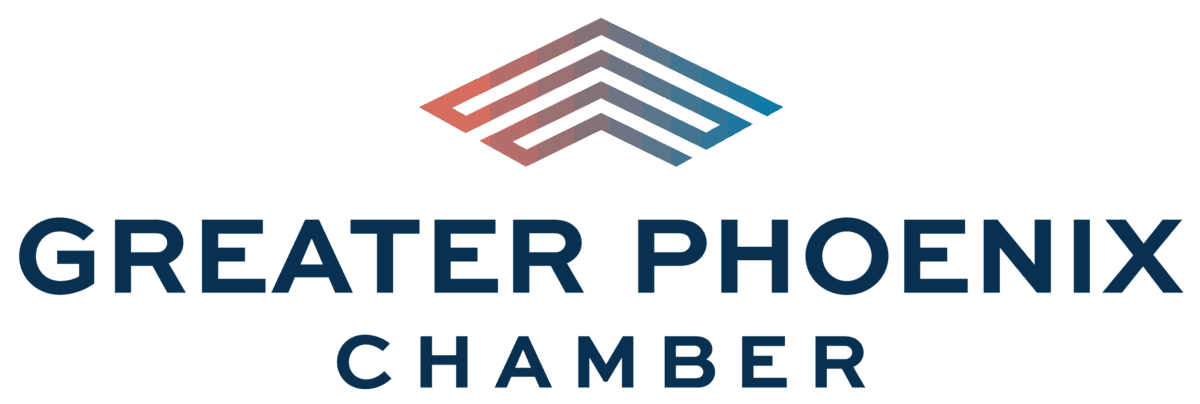
Unconscious Bias
Self awareness is the key to avoiding stereotypes
Why is understanding unconscious bias important?
Unconscious bias in the workplace can impact diversity, recruiting, employee retention, and unknowingly shape an organization’s culture. Unconscious biases are unknown drivers that can destabilize organizations. For example, recruiting efforts driven by internal referrals when there is unconscious bias in an organization could easily create a compounding negative effect making an organization look the same. Other potential factors include:
-
Staff cloning
-
Limited decision making capabilities
-
Lack of innovation and/or creativity
Increasing self-awareness, including understanding our unconscious biases, allows us to implement tactics/programs to be more intentional about inclusiveness.
Unconscious bias refers to the attitudes or stereotypes that affect our understanding, action, and decisions in an unconscious manner. It means that we often end up treating people and situations based on unconscious generalizations and preconceptions rather than using a set of objective qualitative or quantitative parameters. In many cases, unconscious bias is expressed as a prejudice in favor of or against a person, a decision, or group compared to another, in a way that is often considered unfair. Unconscious biases are influenced by how people were raised, cultural environment, and personal experiences. People tend to mirror their natural environment. This can be the community in which they live, the hobbies they enjoy, or how they were raised, educated, and disciplined growing up.
From the top down
Research shows that recruitment and selection decisions are heavily influenced by unconscious bias. This is not surprising when everything in life begins with selection. This is why a person’s biography or validated resume provides an insight into selection, training, mentoring, and development. Recruiting happens naturally within a person’s comfort zone. A person active in their community will have a more diverse pool of candidates than one who has limited hobbies or lacks any community involvement. Recruiting for one will be a challenge while the other will have a pool of diverse candidates available. One will have a higher chance of unconscious bias versus the other. Leadership need pay close attention to unconscious bias in their recruiting efforts.
It starts in the leadership team
Hiring those who look like us, think like us, talk like us, and share our personal interests, political views, or habits will ingrain unconscious biases in our organization. Having a leadership team that mirrors the overall organization, or the community they service, is crucial to productive, diverse growth. Diverse viewpoints and differences of opinion are healthy for an organization’s growth and development and promotes an equal voice to everyone seated at the table. Conscious diversity need be incorporated into every aspect of an organizational plan to avoid enhancing unconscious bias and leading to growth and profitability challenges.
Biases can be based on skin color, gender, age, height, weight, personality traits, sexual orientation, marital and parental status, education, nationality, and more. For example:
- Assuming all members of a particular race or ethnic group have the same thoughts or feelings on a subject, is a product of unconscious bias.
- Developing a product or marketing campaign that is offensive to a particular group of people.
How to Promote Awareness
Recruitment can be heavily affected by bias
There are also several steps leadership can take to eliminate unconscious bias. Vanderbilt University recommends:
- Learn as Much as Possible About Unconscious Bias…
and Ways to Combat It - Tell Your Story…and Listen to the Stories of Others
- Avoid Stereotypes and Over-Generalizations
- Separate Feelings from Facts
- Have a Diverse Group of People around the Decision-Making Table
- Engage in Self-Reflection to Uncover Personal Biases
- Develop Safe and Brave Spaces to Discuss Unconscious Bias
- Be an Active Ally
- Don’t Expect a Quick Fix
- Practice Empathy
Exercises for training
Below are some examples of how other companies have approached Unconscious Bias Training. The material presented here serves as a baseline to guide you through this journey.
Resources
Examples of unconscious bias
Gender bias
“A female colleague raises a good point in a meeting with her male and female colleagues. She is subsequently ignored. A male colleague then raises the same point, and is not only acknowledged, but praised as well. You may be thinking “oh the boss maybe didn’t hear her!” but more often than not this can come down to unconscious gender bias. Sometimes male members of senior management will automatically take advice from colleagues that remind them of themselves.”
“A recent study at Yale reveals that the name of the applicant impacts the recruiting decision. While two versions of the same resume—identical, except for the candidate’s first name—were given to the recruiters, the “male” candidate was regarded as more experienced and gifted, as well as was more likely to get hired and given a higher salary. This is implicit sexism, even as we are not aware of it.”
Sexual orientation bias
“Assuming a preference or skill the person has shown no signs of possessing but is stereotypical of the LGBTQ+ community (like have a good sense of fashion). These might be positive or negative and are often done with good intentions, but they are still treating people differently based on non-verifiable assumptions.”
Diversity, Equity & Inclusion Toolkit
Increasing self-awareness, including understanding our unconscious biases, allows us to implement tactics/programs to be more intentional about inclusiveness.

